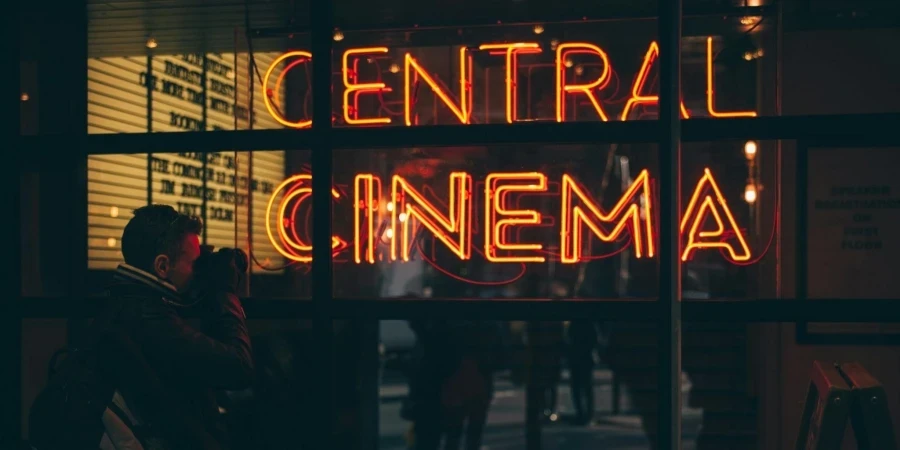Table of Contents
Introduction: The Big Screen’s New Protagonists
I. The Theater as a Canvas for Collective Memory
II. Merch Madness: When Popcorn Buckets Become Status Symbols
III. Blurred Realities: Where Movies Meet Multiverses
IV. The Algorithm’s Blind Spot: Why Organic > Orchestrated
Conclusion: The Credits Haven’t Rolled
Introduction: The Big Screen’s New Protagonists
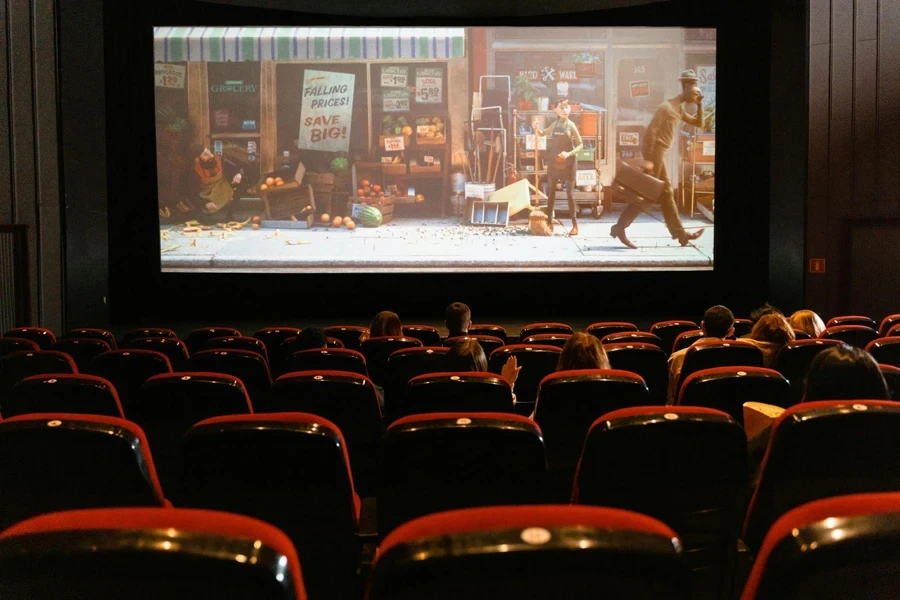
In an age where streaming algorithms dictate entertainment choices and attention spans rival goldfish, Generation Z has staged a plot twist nobody saw coming. These digital natives, often accused of killing traditional industries, are now single-handedly reviving the cinematic experience—but on their own terms. While 63% of Gen Z admits to pirating films (Morning Consult, 2023), they’re paradoxically fueling a $22 billion theater renovation boom. AMC’s latest earnings report reveals that teens and young adults now drive 38% of its $1.3 billion membership revenue, shelling out $25/month for perks like exclusive trailer drops and collectible popcorn buckets. This isn’t mere nostalgia for sticky floors and overpriced snacks; it’s a cultural rebellion against passive consumption. For Gen Z, movies aren’t watched—they’re lived, transforming theaters into playgrounds for hybrid storytelling where TikTok trends collide with IMAX screens.
I. The Theater as a Canvas for Collective Memory
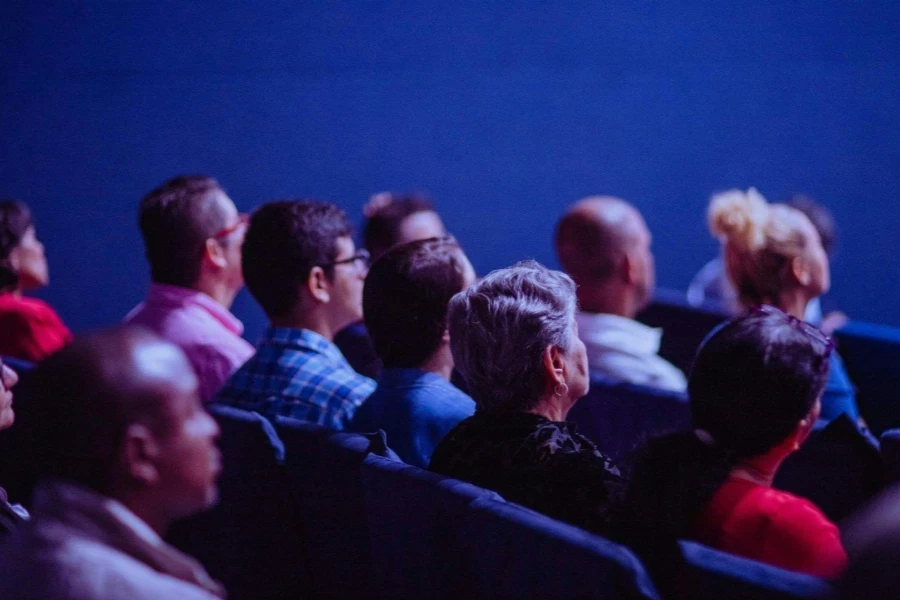
The pandemic didn’t just pause cinema—it amplified its cultural urgency. When theaters reopened, Gen Z didn’t simply return; they arrived as co-creators, turning screenings into participatory spectacles. Take A24’s Everything Everywhere All At Once: fans didn’t just watch the multiverse madness—they became part of it. Screenings erupted into cosplay carnivals, with audiences dressed as Raccacoonie (the film’s fictional raccoon chef) or wielding giant googly-eyed props. The #HotDogFingerChallenge, inspired by the movie’s absurdist gag of characters with frankfurter digits, went viral on TikTok, amassing 480 million views as fans reenacted scenes in theater lobbies. This interactivity isn’t just quirky—it’s profitable. Alamo Drafthouse reported a 22% surge in premium ticket sales for films with “meme potential” in 2023, proving that Gen Z will never settle for being mere spectators.
To compete with streaming’s convenience, theaters are undergoing a radical metamorphosis. The National Association of Theatre Owners’ $22 billion renovation plan isn’t just about sharper screens—it’s about redefining the venue itself. Cinépolis Luxury Cinemas now curates “Dinner & a Movie” experiences where waiters serve truffle fries during The Menu, a dark comedy about elitist cuisine. Meanwhile, Studio Movie Grill’s “Screen & Swing” nights pair Top Gun: Maverick screenings with Topgolf sessions, letting fans channel their inner Maverick with post-movie drives. Even horror gets a tech twist: Regal’s 4DX screenings for Smile synced vibrating seats with jump scares and released peppermint scent during dental torture scenes—a sensory assault that left Gen Z begging for more.
II. Merch Madness: When Popcorn Buckets Become Status Symbols
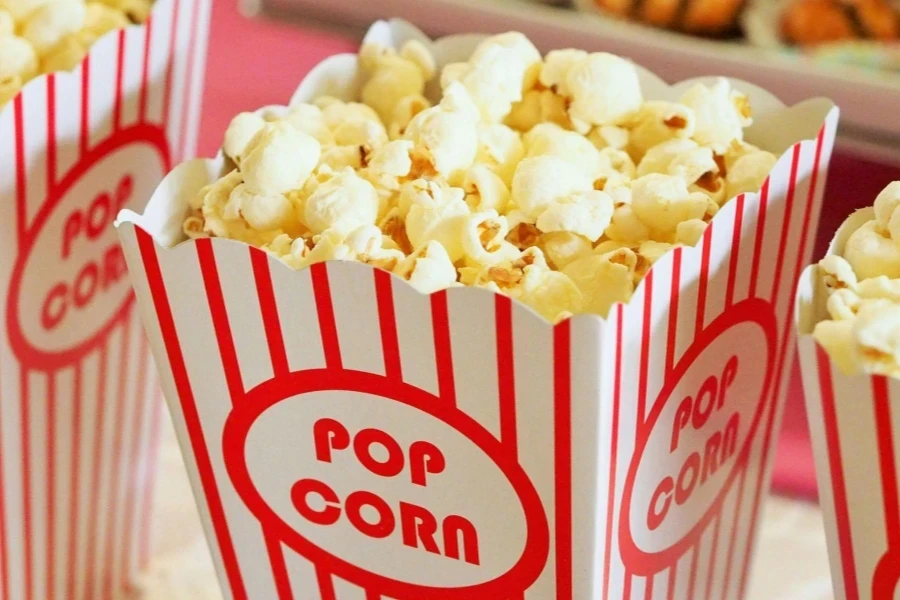
Forget NFTs—Gen Z’s new flex is cinematic merch that blurs the line between fandom and streetwear. When AMC dropped its Dune: Part Two popcorn bucket—a grotesquely beautiful replica of the sandworm Shai-Hulud—it sparked a consumer frenzy worthy of the film’s desert battles. Scalpers hawked the $25 buckets for $300 on eBay, while SNL roasted the craze with a sketch mocking “overpriced cinematic Tupperware.” But the real genius lay in Starbucks’ rapid response: a limited-edition Shai-Hulud Frappuccino, complete with edible “spice” glitter referencing the movie’s fictional drug. This wasn’t mere product placement—it was world-building, turning caffeine fixes into extensions of the Dune mythos.
Fashion brands are also hijacking the silver screen’s cultural cachet. When Zendaya’s tennis drama Challengers premiered, Nike leveraged its partnership to launch a $180 million merch line featuring pleated skirts and retro rackets. TikTok’s #TennisCore trend (3.2B views) saw Gen Z pairing Adidas Stan Smiths with vintage Wimbledon whites as “movie uniforms.” Even luxury houses are cashing in: Balenciaga’s Iron Claw collaboration sold $1,200 jackets mimicking wrestler Kerry Von Erich’s ring gear, proving that Gen Z’s appetite for cinematic fashion spans from bargain bins to haute couture.
III. Blurred Realities: Where Movies Meet Multiverses
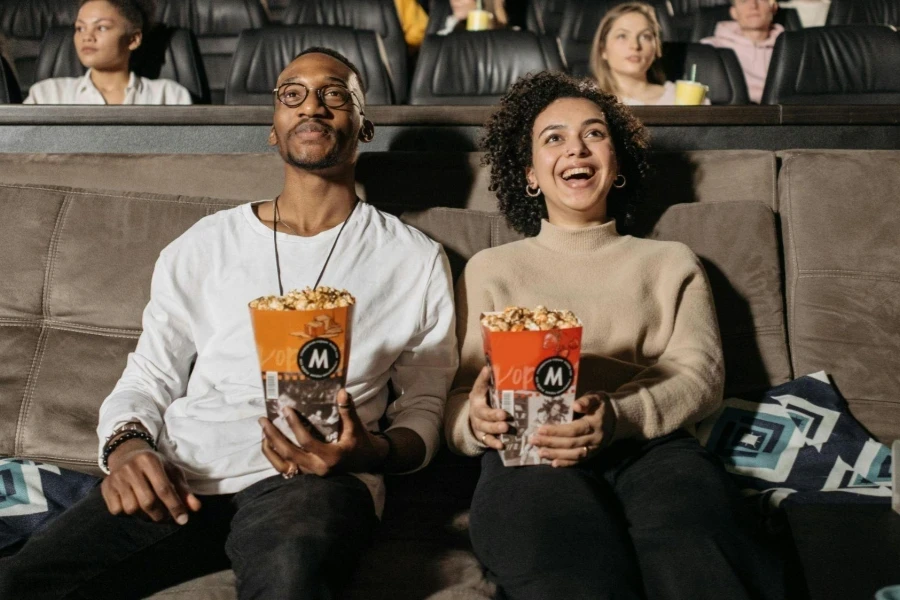
Gen Z’s cinematic obsession isn’t confined to physical spaces—it’s colonizing virtual realms. Warner Bros.’ Barbie didn’t just dominate theaters; it hacked Roblox, creating the “Malibu DreamHouse 2.0” where players designed pink convertible skins for their avatars. The top 100 designs appeared in IMAX credits, blurring the line between audience and artist. With 14 million virtual tickets sold at 300 Robux ($3.50) each, the game generated $49 million—rivaling box office hauls in smaller markets.
Meanwhile, Elon Musk is resurrecting drive-ins for the EV age. Tesla’s “Super Screen” initiative plans to retrofit Supercharger stations with retractable screens, letting drivers watch Cyberpunk 2077 adaptations while their cars power up. Early tests in Austin saw 89% satisfaction rates, with Gen Z praising the snack drones that deliver nachos to their windows—a fusion of retro Americana and tech-bro futurism.
IV. The Algorithm’s Blind Spot: Why Organic > Orchestrated
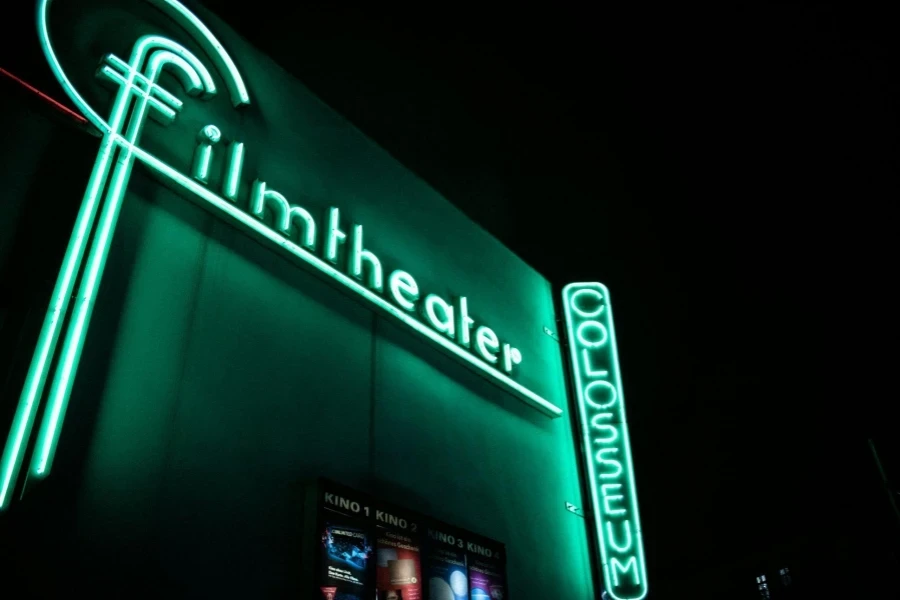
Gen Z’s distrust of traditional marketing has birthed a new tastemaker: Letterboxd, the review app where snark and sincerity collide. Micro-influencers like @FilmBro420 (1.2M followers) shape perceptions with quips like “Oppenheimer is just a 3-hour ad for sunscreen.” Studios now court these digital critics—A24 hired Letterboxd’s top reviewers to consult on The Zone of Interest’s campaign, boosting Gen Z attendance by 40%.
But brands beware: Gen Z demands authenticity. Universal learned this when fans rebelled against Chris Pratt’s Mario voice in The Super Mario Bros. Movie, creating AI-dubbed versions with original actor Charles Martinet. The studio’s decision to release an “Authentic Mario” cut paid off—the film grossed $1.36 billion, proving Gen Z’s love for IP hinges on respect, not just recognition.
Conclusion: The Credits Haven’t Rolled
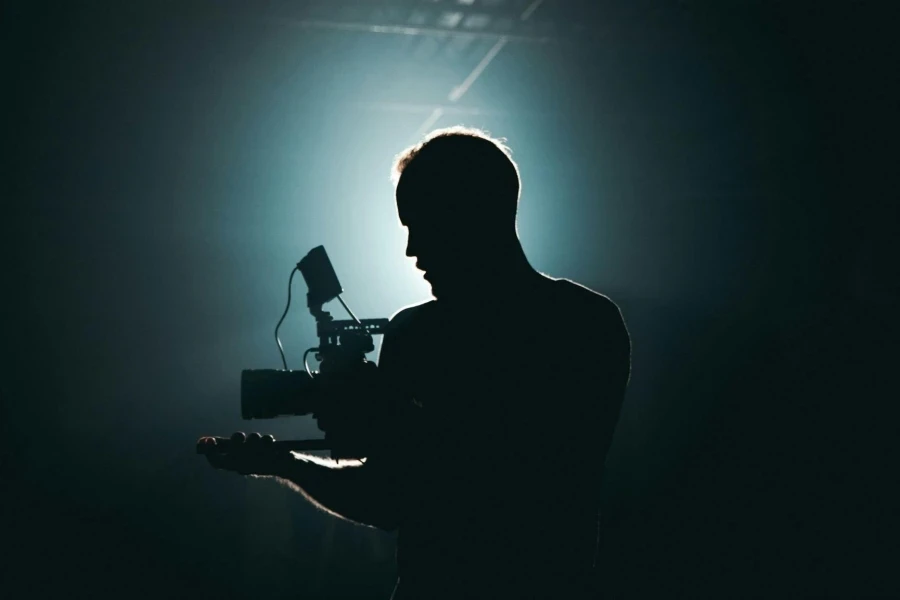
As Gen Z reshapes cinema into a hybrid of art, commerce, and communal ritual, the industry faces a stark choice: evolve or fade into background noise. The stakes extend beyond Hollywood—when Wonka’s chocolate pop-ups caused a 30% spike in cocoa futures, it revealed cinema’s power to sway global markets. For brands, success lies not in logo slaps but in cultural co-authorship. The future of film isn’t in pixels or projectors; it’s in Gen Z’s ability to turn stories into lived experiences—one sequined boot, sandworm bucket, and Roblox skin at a time.
